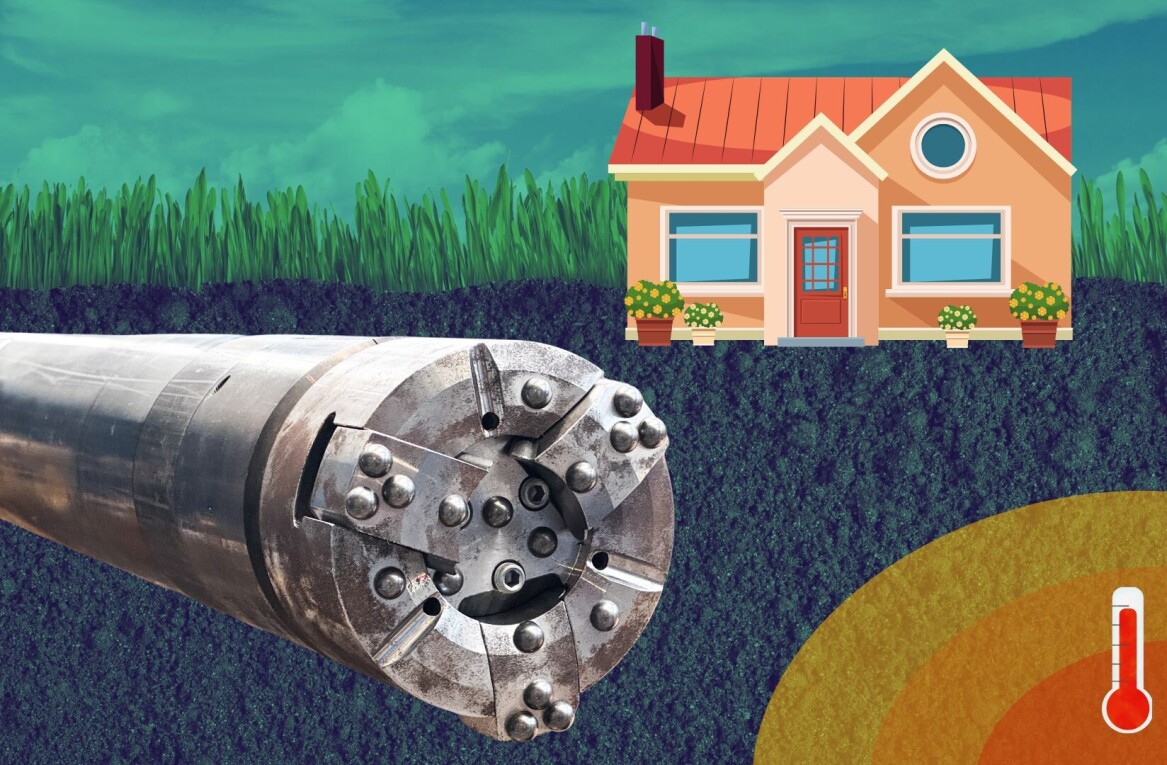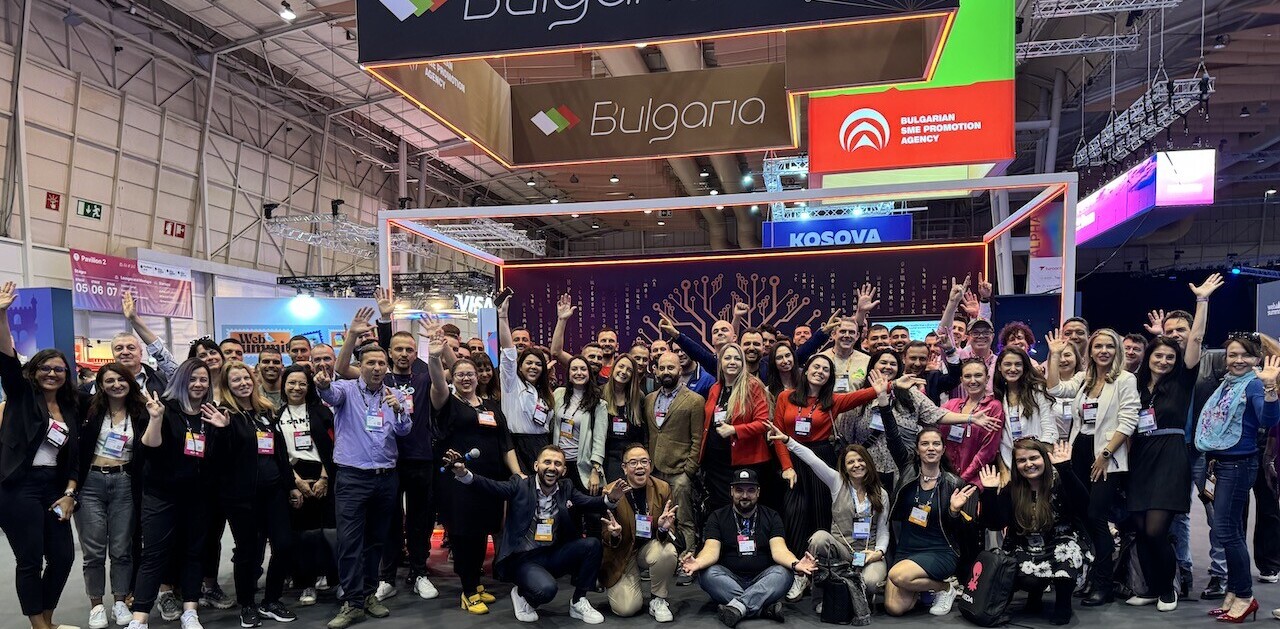
The unimaginably complex task of creating, containing, and commercialising fusion energy is undoubtedly one of the greatest scientific endeavours of our time.
Since the 1950s, hoards of the world’s top scientists and engineers have toiled away trying to turn the process that powers the Sun into a clean, safe, and virtually limitless energy source for humanity.
Despite huge progress, fusion energy has always seemed to be that “20-years-away” technology. But the tides are changing.
“We have all the materials, magnets, and lasers we need to make fusion viable today,” Peter Roos, CEO at Novatron Fusion, told TNW.
“Now we need to refine the systems and arrive at a winning design or set of designs,” he said. Novatron, a startup based in Stockholm, is building a “mirror” fusion reactor it claims solves one of fusion’s biggest conundrums — keeping plasma stable.
Fusion is powering up
Last month, UK startup First Light Fusion broke the world pressure record for fusion energy using a giant “gun” machine that fires projectiles at nuclear fuel, fusing the atoms together. The reaction produced pressure upwards of 1.85 terapascals — almost four times that found at Earth’s core.
In February, the Joint European Torus (JET) — a huge, doughnut-shaped machine in Oxford — set a new world record for energy output. It produced 69 megajoules of fusion energy for five seconds.
While several fusion machines are producing regular reactions on Earth right now, most of them last only a few seconds. The biggest challenge is maintaining power generation overtime. Korean researchers this week reported to have maintained a fusion reaction of 100 million degrees Celsius for 48 seconds — a world-first.
While seemingly insignificant on their own, the three achievements represent major breakthroughs in pressure produced, energy created, and time sustained — key ingredients for viable fusion reactions.
And this is just the tip of the iceberg. Countless such records have been reported in recent years. A big chunk of these come from Europe. More and more of them are made by privately-owned companies.
Increasingly, governments are realising that private companies offer the fastest path to commercial fusion energy.
Similarly to how NASA or ESA increasingly outsource to private companies like Elon Musk’s SpaceX, the fusion energy sector will likely be made up of national agency’s contracting private fusion energy companies.
“Startups are taking decades of fusion research and bringing it to life,” said Roos. “It’s simply a matter of time now [to fusion commercialisation].”
The 2030s looks to be fusion’s breakout decade
Almost every country, scientist or startup out there aims to get their reactor up and running somewhere in the 2030s. That means you could be charging your phone with fusion energy in as little as six years.
According to a recent poll at the International Atomic Energy Agency’s (IAEA) forum in London experts believe this is well within reach. Some 65% of insiders think fusion will generate electricity for the grid at viable cost by 2035, and 90% by 2040, the Telegraph reported.
The key driver is decarbonisation. Fusion energy promises to provide key baseload energy for a future world largely reliant on intermittent renewables like wind and solar. “Fusion won’t replace all other energy sources, it will complement them,” said Roos.
Unlike its little brother, nuclear fission, fusion energy is safe, produces almost no long-term waste, and requires hardly any water for cooling. The fuels it uses, deuterium or tritium, are effectively limitless for at least the next few thousand years.
In the race to scale clean sources of energy, it’s no wonder governments are betting big on fusion.
In the US, congress recently granted a record-breaking $763mn for fusion energy research. China launched its own fusion consortium in January, which unites some of the country’s biggest industrial giants to the task of building a viable fusion reactor.
Caught between these two giants sits Europe.
Europe is poised to lead
In 2014, EU member states came together to form EUROFusion, the bloc’s answer to scaling fusion energy research and development. The programme has a budget of €1bn between 2021-2025.
EUROFusion’s proverbial “baby” is ITER, a €22bn fusion reactor currently under construction in France. While the project has faced several delays, ITER is set to deliver its first plasma next year.
“ITER will provide a wealth of knowledge for startups pursuing commercially viable fusion reactions,” said Roos.
Other machines, like Wendelstein 7-X, located at the Max Planck Institute for Plasma Physics in Germany, have provided the springboard for startups like Proxima Fusion.
But perhaps Europe’s biggest asset is the UK. Britain has aggressively pursued fusion research for decades. The Culham Centre for Fusion Energy near Oxford is widely regarded as the epicentre of fusion energy research globally.
Culham is home to the Joint European Torus (JET) which has formed the backbone of fusion research for 40-plus years before it was retired in December.
The UK is currently developing JET’s replacement, the Spherical Tokamak for Energy Production (STEP) project, a £2bn grid-connected fusion reactor that aims to produce more electricity than it uses.
Well-funded startups like First Light Fusion and Tokamak Energy, spinouts from the cluster, have blossomed from the wealth of knowledge based at Culham.
Europe’s bedrock of research and reactors gives companies operating there a significant head start. Now all it has to do is keep them there.
Can Europe hold on to its talent?
While Europe may have the upper hand in research, cash flows more freely in the US.
For one, American fusion startup Commonwealth Fusion (backed by Bill Gates, Jeff Bezos and Richard Branson) has secured billions of dollars in its quest to be the first to commercialise fusion energy. That’s far more than any other European company.
Marvel Fusion, from Germany, announced last year that it has chosen the US to build a $150mn laser facility.
When asked why he chose the US, CEO Moritz von der Linden told the Financial Times that it was the “fastest, most capital-efficient way for us to move on building this facility.”
As the race to commercial fusion heats up, support for European startups will be crucial to fostering a strong local fusion energy sector not reliant on foreign technology.
“We [Europe] need sufficient public funding dedicated to fusion innovation, but also policy incentives that will encourage further private investment towards the fusion sector,” said Cyrille Mai Thanh, director for Europe at the Fusion Industry Association.
Whoever wins the race, the good news is that almost 70 years since humanity began its quest to harness the power of the Sun, the day of fusionenergy is finally dawning. And that’s a positive step forward for all of us whichever way you slice it.
Get the TNW newsletter
Get the most important tech news in your inbox each week.




